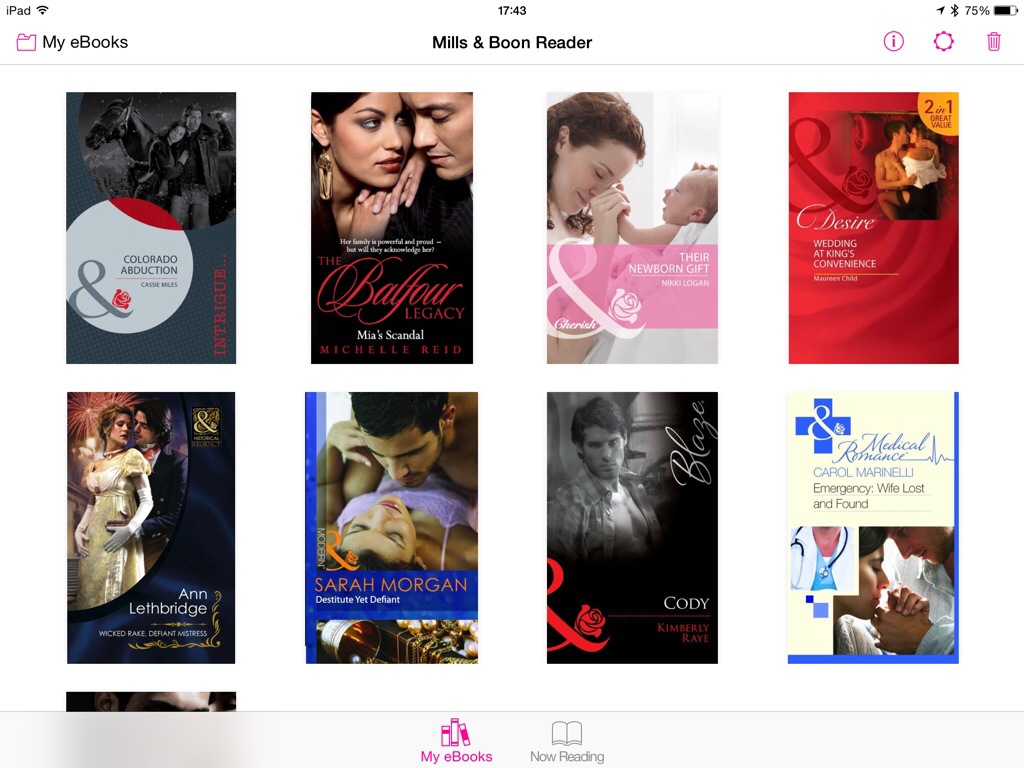Google is not and never will be a super villain. But it will shortly have its own space fleet.
It’s bought a firm called Skybox Imaging which is launching satellites in order to step up just how finely detailed a company can map the world or even see preposterous details. Skip straight to the excuse-me-what part of this news, as reported by Macrumours:
Skybox says they are already looking at Foxconn every week and are able to pinpoint the next iPhone release based on the density of trucks outside their manufacturing facilities.
So, seriously, Google will be able to see when trucks leave the iPhone factory. It takes quite a long time for Apple to get as many iPhones out as it needs for a launch, so the shipping must start – what, days? weeks? before the announcement. That means Samsung will have time to make and release another dozen phones while the trucks are en route.
The rest of the news is more straightforward, this time from Wall Street Journal:
By the time its entire fleet of 24 satellites has launched in 2018, Skybox will be imaging the entire Earth at a resolution sufficient to capture, for example, real-time video of cars driving down the highway. And it will be doing it three times a day.


